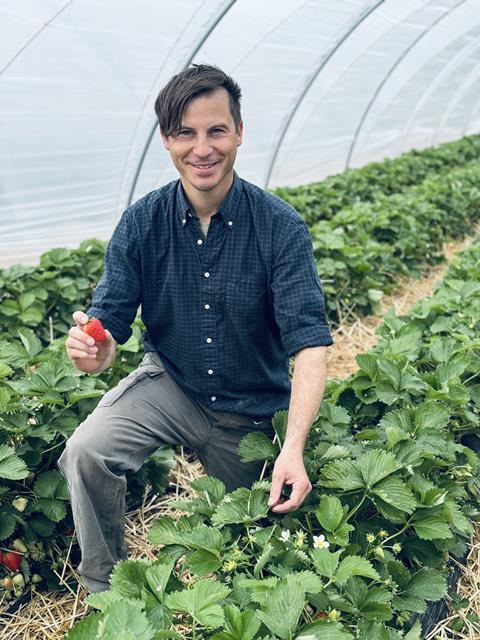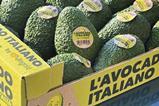As the economy and environment throw up some tough challenges, greater consumer interest in high-quality local supply offers some commercial hope

In the west of Germany, the business of producers and selling strawberries is not as simple and straightforward as it used to be. But it seems there is a new and golden opportunity for those willing to invest in top-quality, regional supply for the domestic market.
As a marketing cooperative, the task facing Landgard Obst & Gemüse is to find a financially sustainable middle ground between its member producers and its customers, who include some of Germany’s biggest supermarket chains.
Fruit sales manager Arthur Heinze believes the future success of strawberries in Germany lies in the growing popularity of local supply. “As the food retail trade places an ever greater focus on regionality, demand for German strawberries has risen steadily in recent years. It is also clear that the berries taste best when freshly harvested.”
But it seems environmental and economic climate changes have made life altogether more complicated for growers, who must tackle a combination of weather extremes and cost inflation.
Alexander Bernartz says he remains hopeful for a good-quality crop this season. A fourth-generation grower, he supplies Landgard with mainly early and mid-season varieties grown in tunnels in Wesseling, just outside Cologne on the southern bank of the Rhine.
“Overall, growing conditions for the crops we planted in August 2023 have been good in recent months,” he says. “The warm autumn has allowed the strawberry plants to develop evenly. And we have also just about reached the cold hours that the various varieties need during the year.”
Bernartz says his farm got off to a good start in the spring. “Thanks to the high average temperatures, we were able to pick the first ripe strawberries of our early varieties in the tunnel around a week earlier than last year.”
In total, Landgard’s members in western Germany grow strawberries on around 190ha. Although their production methods do vary – in greenhouses, tunnels and open fields, the berries are grown either in soil or artificial substrates – the trend is very much towards more protected cultivation, which makes it easier to plan and produce them. It also makes hail or heavy rain much less of a problem.
But as Bernartz confirms, that means higher production costs for an already labour-intensive crop. “Rising minimum wages are further reinforcing this development,” he explains. “We have been growing strawberries in tunnels on our company for 20 years. Until 2022, this was always financially sufficient for us. Since then, it has been difficult, so we have to wait and see how things develop and reassess every year whether growing them is still worthwhile.”








